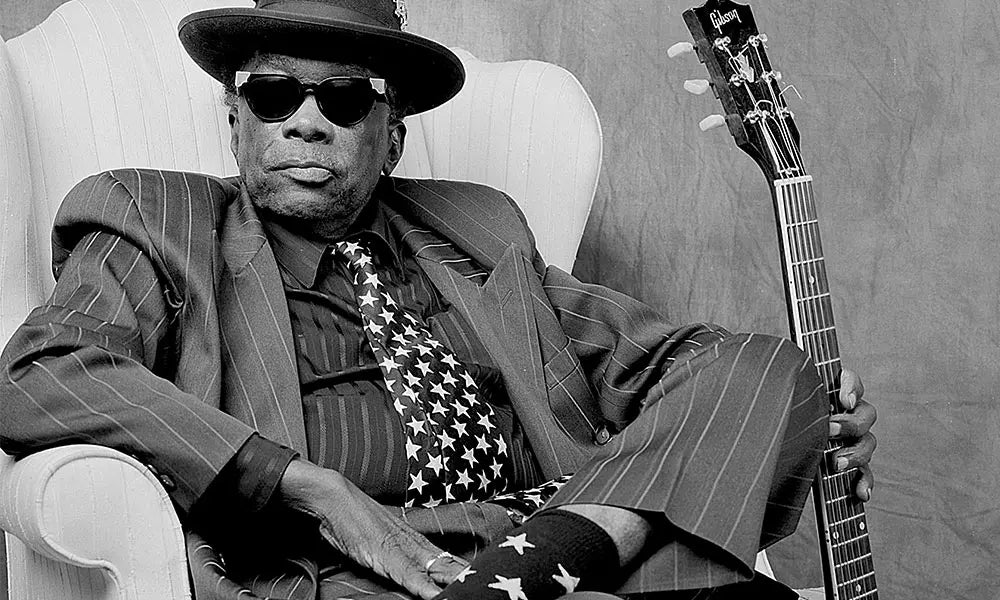 Hooker's distinctive sound, characterized by his raw vocals and hypnotic boogie guitar patterns, was a breath of fresh air in the blues landscape of the 1940s and 1950s. His early hits, such as "Boogie Chillen" and "Crawlin' King Snake," showcased a rhythmic intensity and primal energy that set him apart from his contemporaries. This rhythmic drive, often referred to as the "Boogie," would become a key element in the development of rock music. As the blues made its way northward, Hooker's influence began to manifest in the work of budding rock musicians. Artists like Chuck Berry, Bo Diddley, and later, the Rolling Stones, recognized the power and immediacy of Hooker's boogie style. The simple yet infectious guitar riffs and the relentless, foot-stomping rhythm became a blueprint for the emerging rock and roll movement. The Rolling Stones, in particular, were outspoken about their admiration for John Lee Hooker. His influence on their music is evident in songs like "Little Red Rooster," a blues standard that the Stones covered with a distinct touch of Hooker's signature boogie. The unmistakable influence of Hooker's raw, unbridled energy can also be heard in the Stones' early hits like "I'm a King Bee" and "I Just Want to Make Love to You." During the blues revival of the 1960s, sparked by the interest of British musicians in American blues, John Lee Hooker found himself in the spotlight once again. His collaboration with British blues rock band The Groundhogs on the album "Hooker 'n Heat" showcased the enduring appeal of his music to a new generation of rock enthusiasts. The raw, unpolished nature of Hooker's performances resonated with the rebellious spirit of the time, providing a counterpoint to the increasingly commercialized pop music landscape.  |
John Lee Hooker related tees...
|
Sidebar
John Lee Hooker: The Boogie Master and His Indelible Impact on Rock Music



